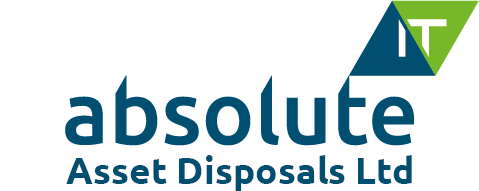
Once a business is up and running online, they will have to add their domain to a DNS server. This DNS has to be managed for a variety of different reasons, including the fact that this server will be the business’s first point of contact between them and their respective clients. The only way a business can effectively control their DNS traffic is by using DNS monitoring tools. These tools are designed to check the connectivity between the business domain and all the recursive servers operational throughout the visit.
These tools are readily available online through companies specialising in data management. Most business normally outsource their DNS monitoring to a third party; however, with the right infrastructure it is possible effectively monitor DNS traffic in house. To do this, you will need the following tools in place:
1. Firewalls
The most important security system a business can use in order to effectively monitor DNS traffic is a good quality firewall. These firewalls allow the business to define rules which can eliminate the chances of IP spoofing by different methods. Firstly, every business can use a firewall to allot numbered spaces to prevent their name resolver being exploited. Businesses can also use firewalls to enable inspection of DNS traffic in order to make sure no suspicious activity is taking place. Firewalls can actually be used to identify suspicious byte patterns and to prevent certain DNS tunnelling activity as well.
2. Traffic Analysers
Businesses can also use traffic analysers in order to identify malware traffic that might corrupt the system. Using these traffic analysers, the business gains the unique ability to create scripts, which can identify malware traffic and immediately resolve the issues. These tools can only be used effectively if clients are blocked using a resolver or a non-standard port: only a certified IT professional will know how to handle these situations.
3. Intrusion Detection Systems
It does not matter which DNS server a business uses to handle DNS requests, so long as each server allows the business to compose rules which report requests from suspicious unauthorised clients. These rules can be used not only to identify client activities but can also be used to respond to resource records and to report NXDOMAIN responses.
Strengthening Your Data Security
All three of the methods mentioned above are designed to help a business effectively monitor and control their DNS monitoring. However, at the end of the day how a business manages their DNS traffic depends on the amount of priority that they give to IT security. Due to the increase in cybercrime all around the world, now DNS monitoring has become a core prerequisite for every business.
DNS monitoring will improve your data security but will not on its own prevent sensitive data falling into the wrong hands. For this, you also need a robust data cleansing policy for reusable and end-of-life IT assets. Before an asset is recycled, passed on to another employee or sold, it should be completely stripped of any sensitive data it carries. So-called free IT recycling services are notorious for not doing this properly, with ‘recycled’ assets frequently being resold to private users in the developing world, without company information being completely removed! This exposes your business, your employees and your customers to the risk of identity theft and fraud.
Take no chances with data security – seek out a comprehensive data removal and shredding service, such as the one we offer at Absolute IT. To learn more about the different ways a business can protect information and customer data, please get in touch with one of our team today.











